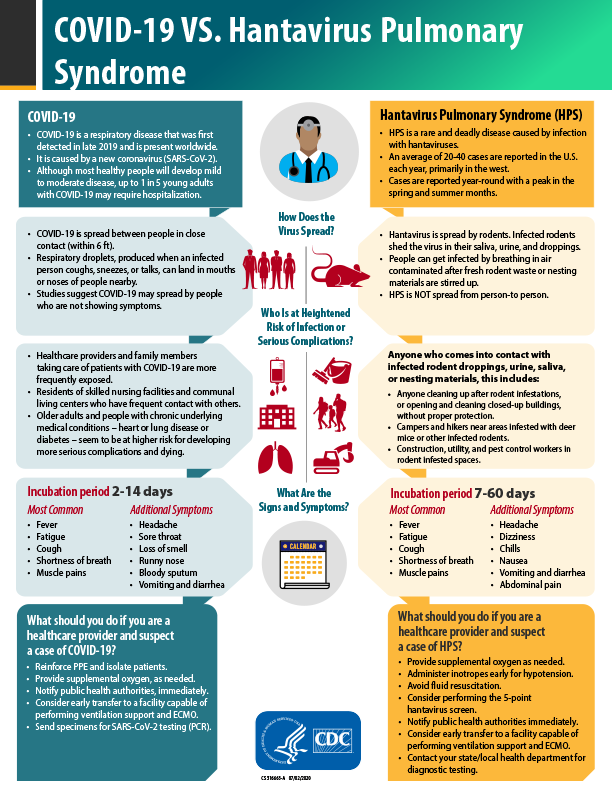
Infection detected in on1 resize Activator#
Plasminogen is proteolytically activated into plasmin by plasminogen activators, namely, tissue-type plasminogen activator (tPA) and urokinase-type plasminogen activator (uPA) ( 9). Surface-associated plasmin broadly facilitates cell migration via digestion of connective tissue and extracellular matrix proteins, as is the case for leukocyte infiltration of inflammatory sites ( 10), tumor growth and metastasis ( 11), embryogenesis ( 12), and pathogen invasion of host tissues ( 13). Plasmin can bind to lysine motifs of proteins exposed on the cell surface ( 9). Plasminogen is the precursor of plasmin, a potent serine protease that cleaves a broad spectrum of substrates and is the effector protease of the fibrinolytic system. The human fibrinolytic system consists of two main protein classes: serine proteases that ultimately degrade fibrin (fibrinogen-derived polymers) and dissolve clots and serpins that tightly regulate the activity of these proteases ( 9). Whereas the motile stages of the malaria parasite rely on an actomyosin-based motor (the glideosome) to generate the forces required for migration ( 8), these forces are unlikely to be sufficient to break through the intricate extracellular matrices. In the mammalian host, barriers include the extracellular matrix of the dermis, the basement lamina of blood vessels, the endothelial and Kupffer cells of the liver blood vessels, the extracellular matrix of the liver space of Disse, and the hepatocyte membranes (fig. In the mosquito, these include a compacted blood bolus, the chitin-rich peritrophic matrix, the midgut microvilli-associated network and mucins ( 4– 6), and the midgut epithelium. Throughout the Plasmodium life cycle, the parasite encounters multiple physical barriers.

Infection requires sporozoites to migrate through the dermis, to find and enter a blood vessel to be carried to the liver, where they exit the circulation to invade hepatocytes and initiate a blood stage infection (fig. During probing and blood feeding, an infected mosquito deposits sporozoites into the dermis (fig. Each oocyst undergoes sporogony to form thousands of sporozoites that are released into the hemolymph, from where they specifically invade the salivary glands (fig. Ookinetes transverse the mosquito midgut epithelium and differentiate into oocysts ( 1, 2). After ingestion of an infected blood meal, Plasmodium male and female gametes mate in the mosquito midgut giving rise to zygotes, which, in turn, differentiate into motile ookinetes (fig. Plasmodium parasites are the etiological agents of malaria and are transmitted to humans by the bite of infected Anopheles mosquitoes. The fibrinolytic system is a potential target to hamper Plasmodium transmission. Surface-bound plasmin promotes sporozoite transmission by facilitating parasite migration across the extracellular matrices of the dermis and of the liver. Furthermore, we show that sporozoites, the parasite form transmitted by the mosquito to humans, also bind plasminogen and plasminogen activators on their surface, where plasminogen is activated into plasmin. We show that increased fibrinogen and fibrin in the blood bolus, which are natural substrates of plasmin, inversely correlate with parasite infectivity of the mosquito. Inhibition of plasminogen activation arrests parasite development early during sexual reproduction, before ookinete formation. We report that Plasmodium gametes recruit human plasminogen to their surface where it is processed into plasmin by corecruited plasminogen activators. Plasmin, a mammalian serine protease, degrades extracellular matrix proteins allowing cell migration through tissues.
Infection detected in on1 resize full#
'The full integration of ON1 NoNoise AI into the Photo RAW workflow, a new Time-Lapse creation tool, the Photoshop Plugin host capability, and the remastering of the Export workflow are huge features our customers will absolutely love,' adds Craig Keudell, ON1 President.Plasmodium parasites must migrate across proteinaceous matrices to infect the mosquito and vertebrate hosts. It's not only for those looking to replace skies,' says Dan Harlacher, VP of Product.

The mask is editable, with any of our powerful masking tools, and can easily be used to apply effects filters or local adjustments to existing skies. The Sky Swap AI goes beyond what you can do with some of these other applications. 'We've been busy this past year integrating our new AI-based technologies into this version. It's non-destructive and works alongside the other masking tools available in the app. You can adjust feathering and opacity, even after you finish making the mask.

You can curve the lines, too, and add and remove points. This tool is similar to a polygonal lasso or pen tool, allowing users to create masks using straight lines. The final new feature we're looking at is the Line Mask Tool.


 0 kommentar(er)
0 kommentar(er)
